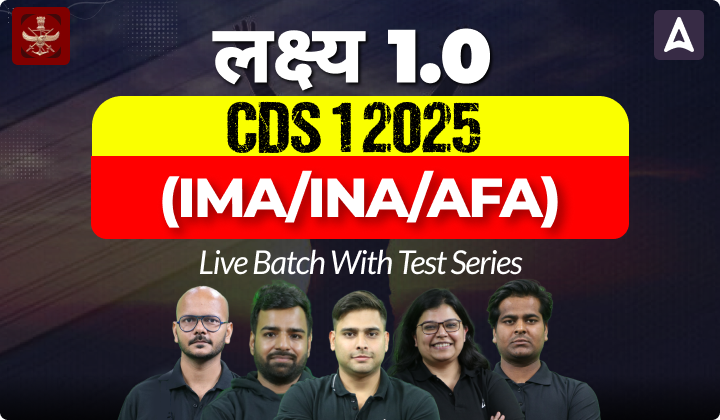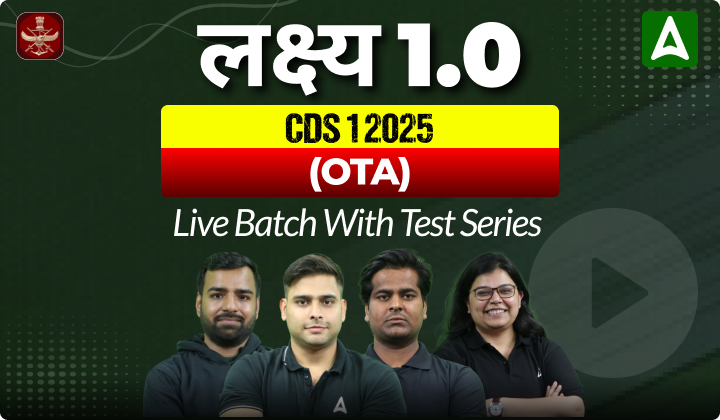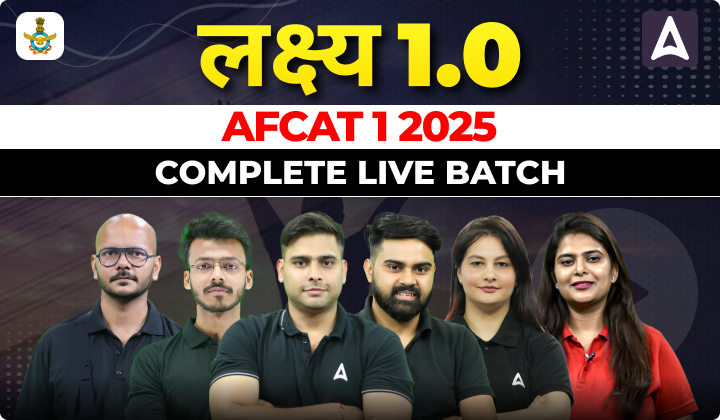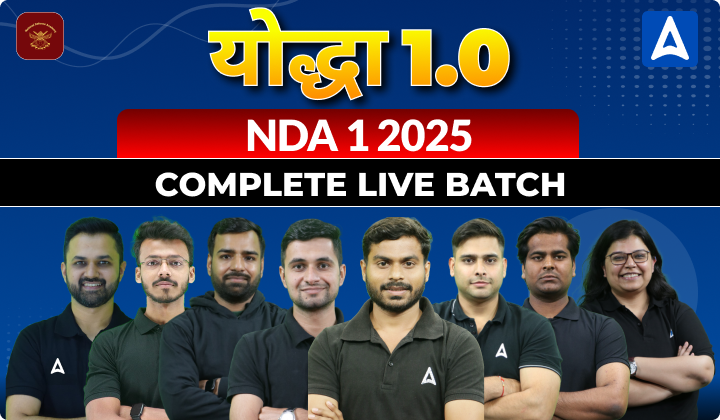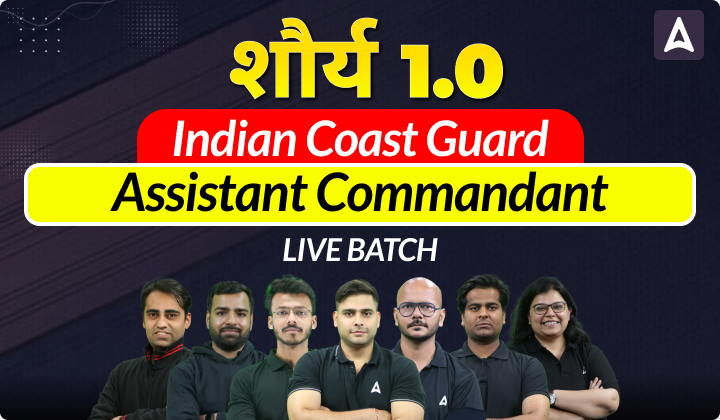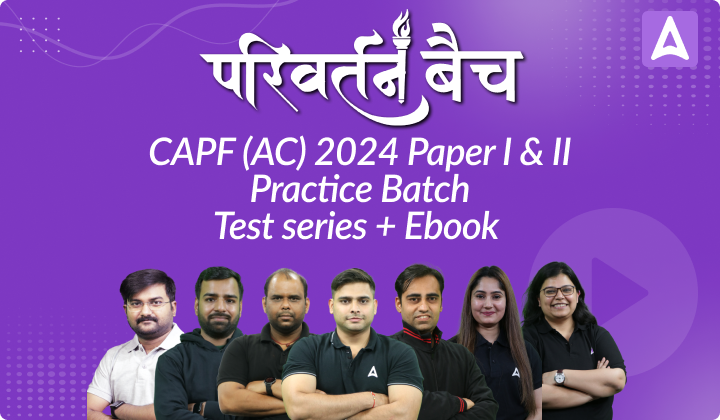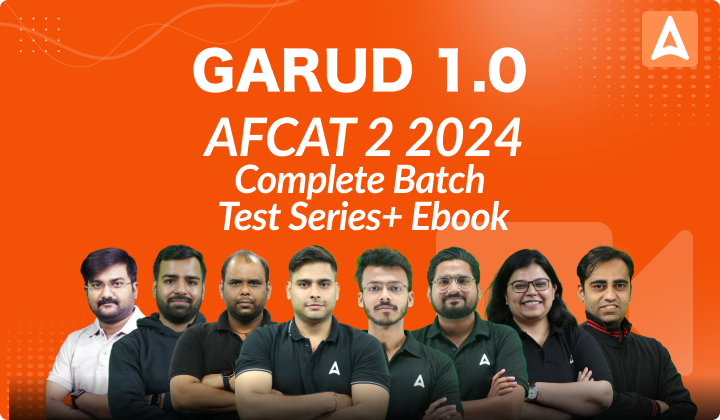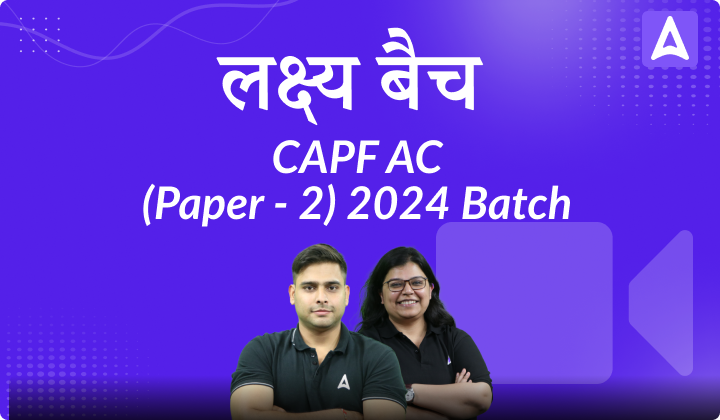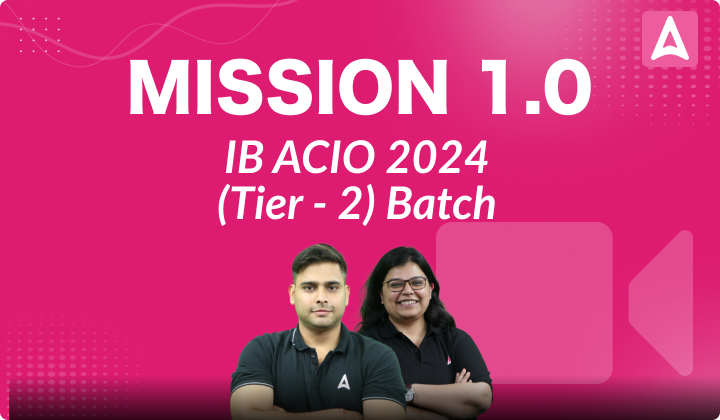Situation Reaction Test (SRT)
SRT stands for Situation Reaction Test. In the SSB, SRT is conducted after WAT. Candidates are provided with a sheet containing 60 real-life situations and they are expected to write their responses to those situations. Attempts as many situations as you can, keep a minimum of 35 but the quality of responses matters a lot in this test. Be very practical and natural in your responses and don’t try to write someone else’s response. Read the situation very carefully and then write the solution. Keep in mind all the resources that are provided to you in the situation. Practice a lot and decide in that particular situation what quality does psychologist want to see in your personality and answer accordingly being very practical.
Key Aspects of The Situation Reaction Test (SRT)
The candidates have to provide their solutions to the given situations and how they would deal with them in their day to day lives.
A composite time of 30 minutes is given to react to these situations. This means 30 seconds per situation in order to complete all 60 situations within 30 minutes.
Situation Reaction Test (SRT) in SSB tests your problem-solving behaviour and ability. The SSB Psychologist assesses the qualities that are required to be a Military leader by your reactions. The course of action you take to solve the situation, the resources you use and how you overcome and tackle the situation are some leading factors.
Key Points to Remember While Attempting Situation Reaction Test (SRT) in SSB
- There are 15 OLQ’s (Officer Like Qualities) assessed in 4 sets of 15 situations each making it a total of 60 situations. Each set will have 15 situations and each situation will be related to one of the OLQ’s each. So, one OLQ will be assessed through 4 situations.
- There are a lot of ways in which you can handle a situation. Sometimes you might be able to solve them, sometimes you’d have to withdraw, sometimes you’d have to compromise and sometimes you might even have to delegate.
- Choosing the right course of action according to one’s capacity and which is logical to carry out is necessary.
- Some situations will be related to real-life incidents. These are easy to handle since an average person would’ve reacted to them in their life.
- Some situations might be the ones which you haven’t faced and would require you to logically think and assess them in order to react to them.
- If you can’t think of a good reaction write any trivial reaction, just don’t leave the situation unanswered. Giving a response is better than leaving the situation unanswered.
- If you skip a situation or leave some of the situations blank, the Psychologist will try to find a pattern amongst them and will conclude that you lack the courage and the will to face those certain situations.
- Don’t be verbose. Give a crisp and concise reaction that is detailed.
- To write a good quality reaction one should have some knowledge. Look for resources that can be used to achieve your aim effectively and efficiently. Go through the schemes, disaster emergency protocols, police regulations, hospital regulations, accident or hazard protocols, etc.
- Please be logical in your approach and use common sense, don’t try to be a hero. Keep it as real as you can.
Situation Reaction Test (SRT) in SSB Interview will be tough if you’re irrational and illogical. If you use your knowledge and common sense then you’ll sail past the test easily and would be able to project your qualities efficiently.

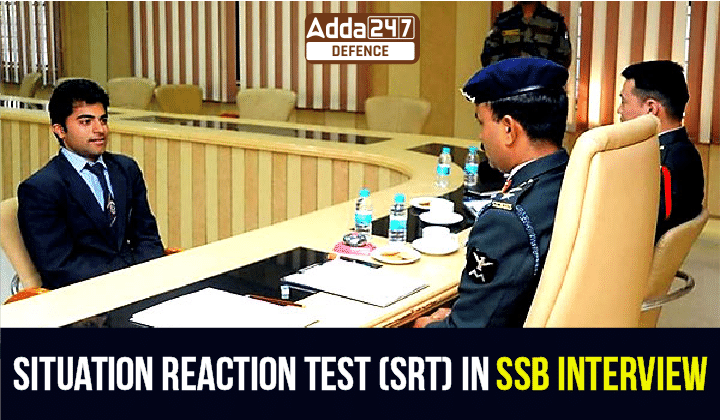
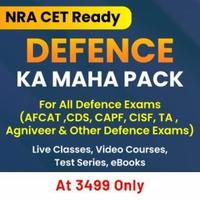

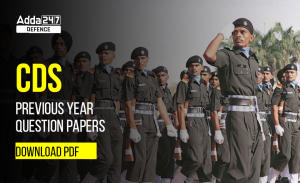 CDS Previous Year Question Papers, Downl...
CDS Previous Year Question Papers, Downl...
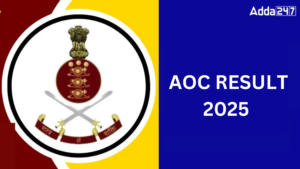 AOC Result 2025 Out, Download Link Activ...
AOC Result 2025 Out, Download Link Activ...
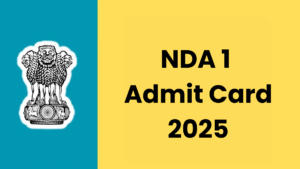 NDA 1 Admit Card 2025 Out, Download NDA ...
NDA 1 Admit Card 2025 Out, Download NDA ...

